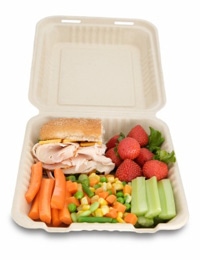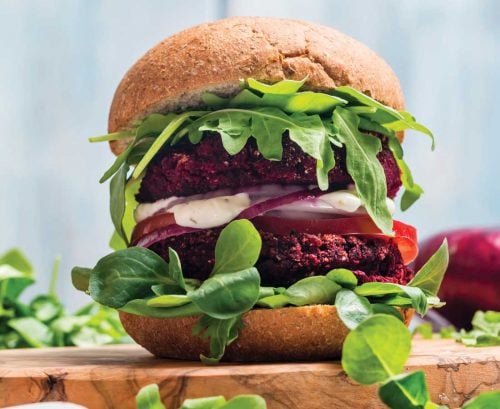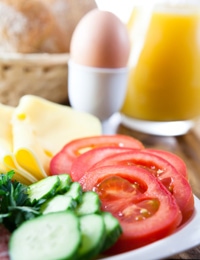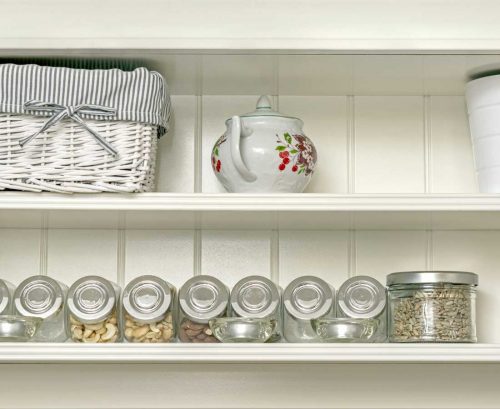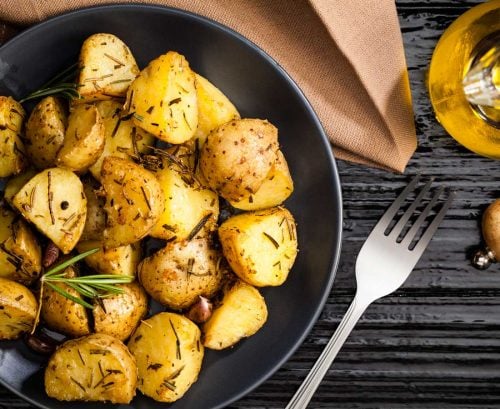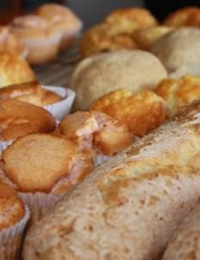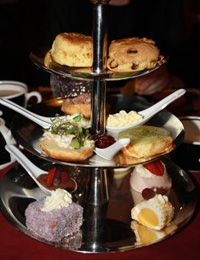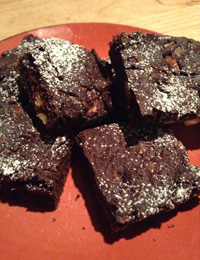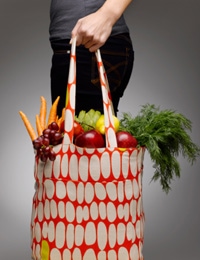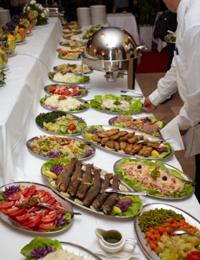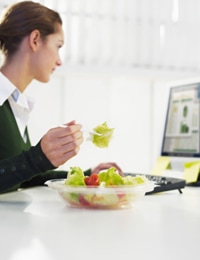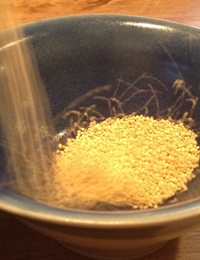
For parents of children who cannot have gluten, birthday parties can be an absolute nightmare. And if you’re hosting the party, it can be even worse trying to cater for everyone. Here are some simple suggestions for accommodating dietary restrictions!
One thing I find really uncomfortable, whether it’s at a friend’s house, a party or a work event, is having a big fuss made about providing gluten-free food. There is a huge variety of food available which is already gluten-free, and there are some things which might need a little extra effort or label reading, but you don’t need to exhaust yourself to provide gluten-free options at a child’s party. I think anyone with a food allergy just wants to feel that they are normal, and not making a big deal about food – it’s great as the host if you can help with that.
If you’re hosting the party and gluten-free children are attending
Hopefully, when they’ve RSVP’d, the parents of the gluten-free child will have shared this fact with you! It’s always a hard question whether, as the host, you’re responsible for providing food that everyone can eat. My attitude with this is that I hate anyone going home hungry or miserable, so I always try and make some allowance for vegetarians, gluten-intolerant and so on just in case. The good news is there are some dishes you can provide which are standard party fare, but safe for gluten-intolerant kids too. And the bonus is most will also work for the vegetarians!
Fruit skewers
As long as the children are three years old or so, fruit skewers are always a winner. Alternate apple, banana, orange and grapes and add a couple of marshmallows in for a treat. A hint here – not all marshmallows are gluten-free, but it will say on the packet. A variation on this is those old-fashioned cheese and pineapple sticks stuck in half an orange.
Rice crackers and hummus
I have a friend who always makes sure she has gluten-free rice crackers in her cupboard as an easy snack for me. These work just as well for kids’ parties. Do double-check the packet because there are a couple of brands which are not gluten-free.
Dried fruit
This is normally gluten-free and is healthy and yummy!
Devils on horseback
This may not be quite what they’re called, but I mean prunes or apricots wrapped in bacon with a toothpick through the middle. Bake them in the oven for 15 minutes. Just a note – some bacon has gluten in it – I’m not entirely sure how! Gluten-free bacon is a little more expensive, but you don’t need much to wrap each of the prunes, so it goes a long way.
Honey/chocolate rice bubble cakes
Okay, these aren’t the healthiest items, and you will need to make sure your Ricies are gluten-free (Sanitarium ones aren’t), but who doesn’t love a honey rice bubble square? If you’re feeling truly decadent, you can chop up some of the gluten-free marshmallows you bought for the skewers and stir these through the rice bubble cakes.
Potato crisps
Stay away from the flavoured ones and go straight for ready-salted, and you should be okay. Many flavoured chips have wheat flour in the seasonings.
Jelly cups
Most jelly is gluten-free. Add in some chopped fruit for a healthier treat.
If your gluten-free child is attending
a party
Most parents of gluten-free children will let the host parent know what their child can have when they RSVP. But just in case you arrive and there is nothing there your child can eat, here are some suggestions for items you can bring with you. I know it’s not as exciting as your child being able to eat the yummy food, but at least they’ll be able to eat something.
Rice crackers and dried fruit
You can get these in little packs which make them excellent for carrying around in your handbag.
Marshmallows
Put a few into one of those little snap lock bags.
Gluten-free muffins/cakes
Marx have some lovely Twinkies which are a great cake substitute. You can also buy or make gluten-free muffins that are quite portable.
If it’s your gluten-free child’s
birthday party
Make it easy for them and you, and make everything gluten-free! I’m betting that not a single child will be able to tell the difference. Here are some ideas:
All of the items I’ve listed above, plus:
Chicken nuggets, hot dogs and doughnuts
There’s a place called GF Treets which makes all of these. They have stockists all over NZ and these are perfect for kids’ birthday parties. Alternately, if you have time, you can make your own healthy versions using some of the Healthy Food Guide recipes.
The cake
Look for a recipe which is low in flour already, or which has some other component (I have an excellent chocolate cake with almond meal in it which converts very well). You’re looking for the ratio of flour to the other ingredients to be quite low. Use gluten-free flour, either your own mix or a premixed one. Icing sugar is generally gluten-free, as is food colouring, so you can easily create something splendid. Regardless of how it looks, it will be a masterpiece in your child’s eyes (I can swear to this – I am seriously artistically challenged, but my children are always delighted by what I produce).
Sausage rolls
Buy or make some gluten-free puff pastry, and some gluten-free sausages. Roll the pastry out thinly into a rectangle and cut lengthways. Cut the ends off the sausages and squeeze the sausage meat into a bowl. Add a grated carrot, a grated apple, grated cheese if they like it and some tomato sauce, and mix well. Lay out onto the pastry, roll up and slice into sausage roll-sized pieces. Brush with milk to make them nice and brown and then bake in the oven.
Muffins or cupcakes
Both of these are quick and easy to make and the recipes convert well. You can decorate them as you choose, or make a few bowls of different coloured icing and let the children decorate them as a party activity. It’s messy, but good fun!
Biscuits
Buy or make gluten-free biscuits. If they’re plain biscuits, you can jazz them up with a bit of icing and a few sprinkles.
This is by no means an exhaustive list, and it’s certainly not a healthy one necessarily. But it gives a starting point for children who would otherwise have a difficult time at a party.
What are some of your tips and tricks for helping your gluten-free child survive at birthday parties and events?
Lisa
For those wanting more information on coeliac disease, check out the NZ Coeliac Society website www.coeliac.org.nz.
This blog is the opinion and experiences of its author and should not be taken as medical or dietetic advice. Healthy Food Guide has not verified the content and cannot endorse any advice given. Healthy Food Guide recommends seeking professional health advice for specific complaints or symptoms.








